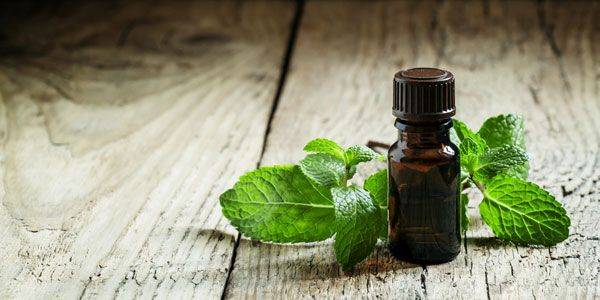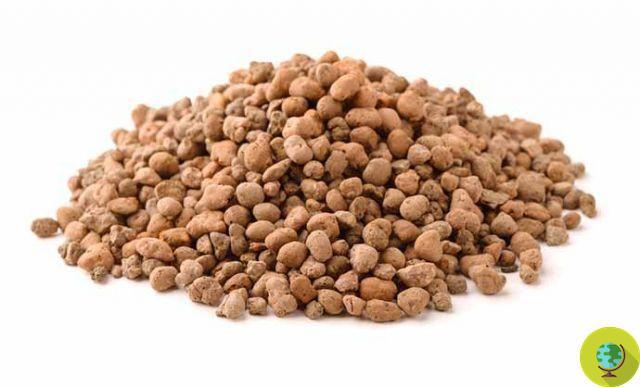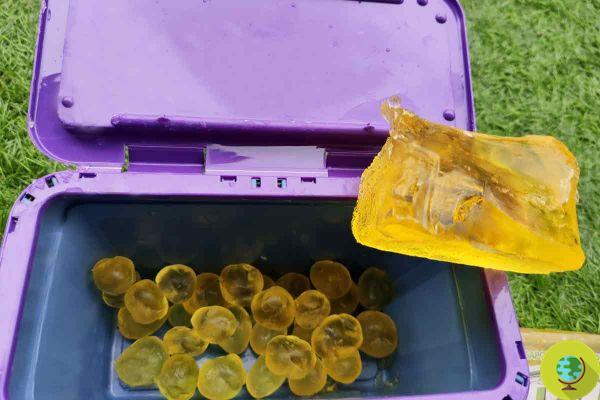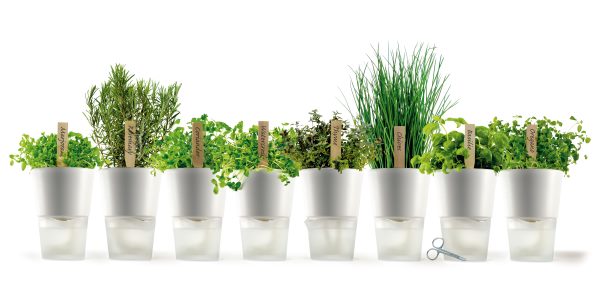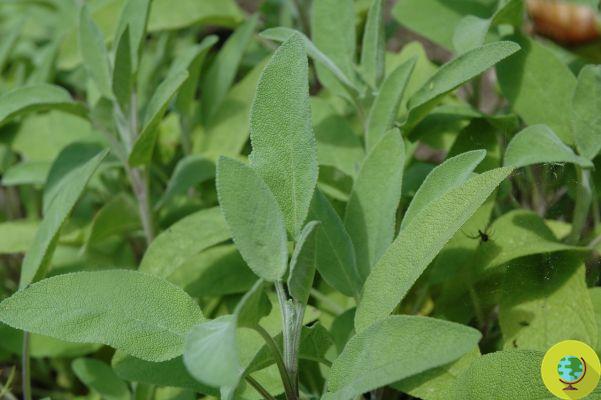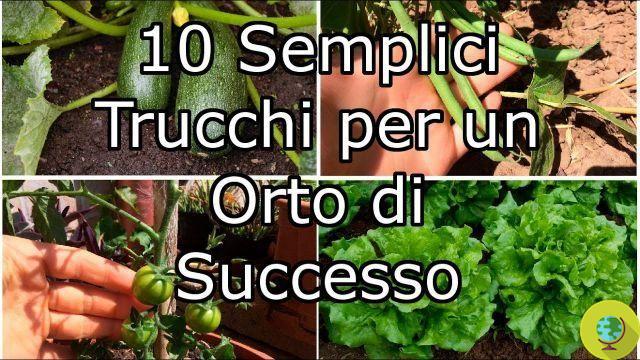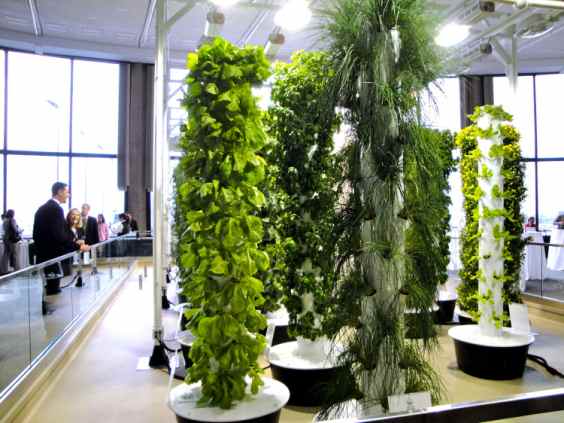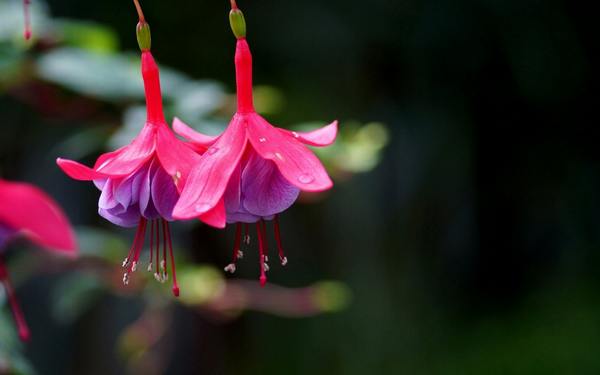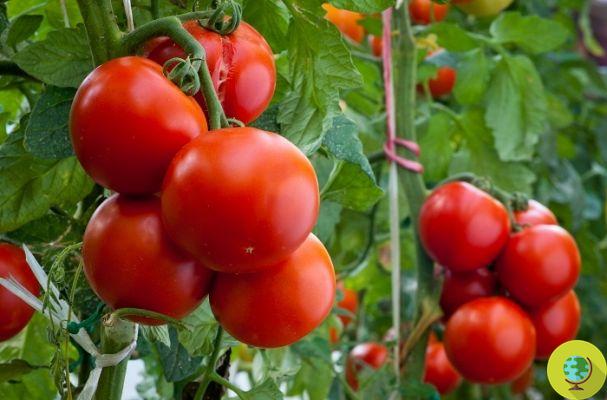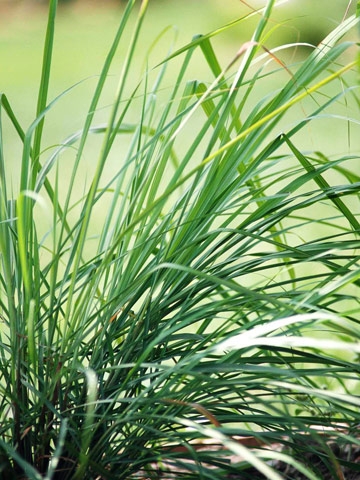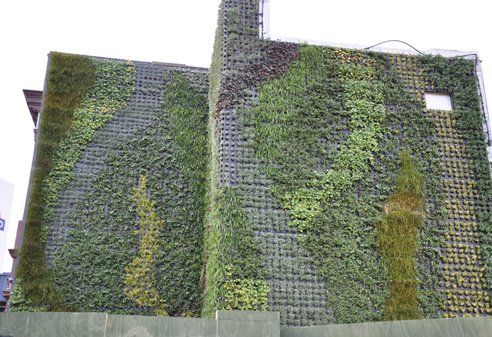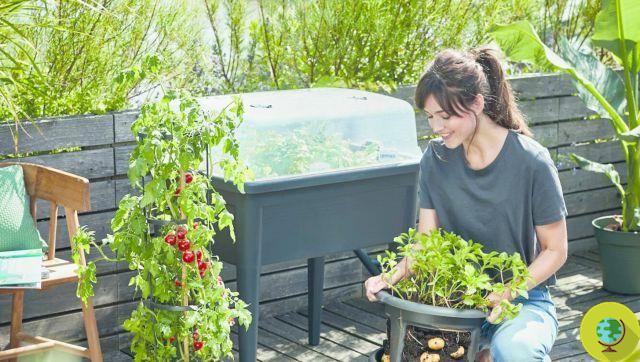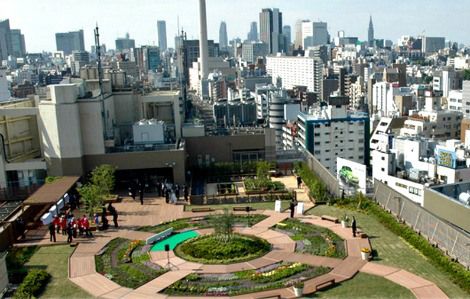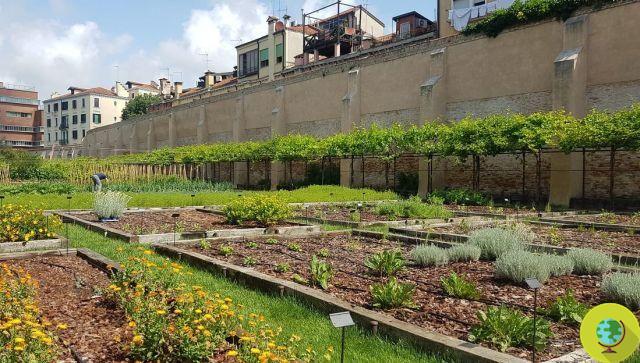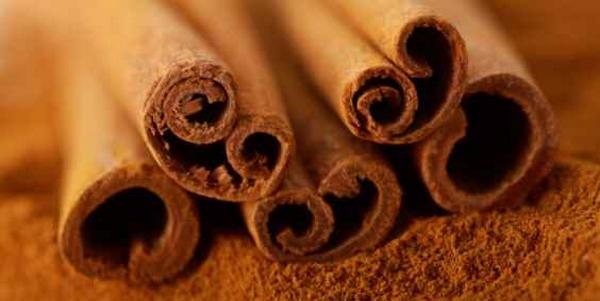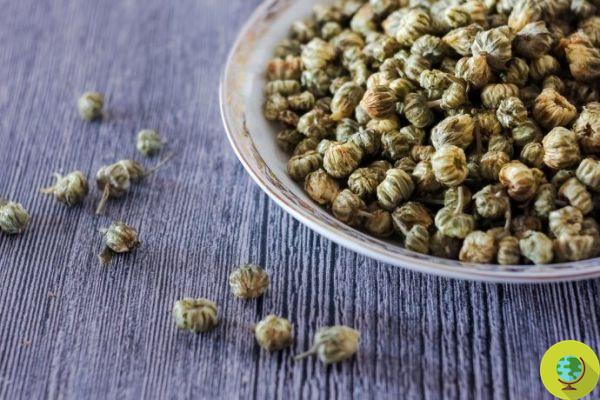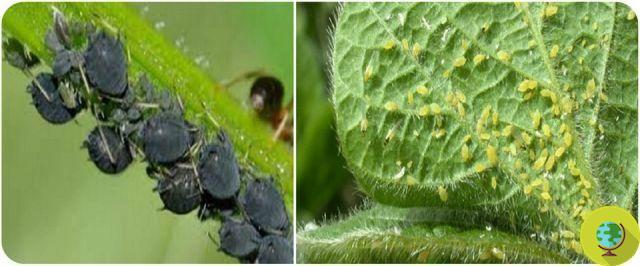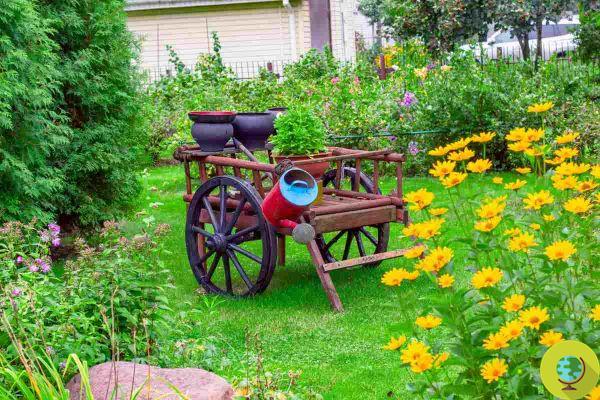Jasmine, how and why to distinguish it from the so-called "false jasmine" (especially to avoid health problems from using flowers)
Il jasmine is a plant belonging to the family of Oleaceae and its flower is loved all over the world for its beauty, but above all for its unique fragrance, so much so that its essential oil has been used for millennia as a perfume.
A jasmine is not always a jasmine ...
Nowadays, the common name "jasmine" is used to identify plants with very similar scent and flowers, but very different from each other:
- the classic jasmine: Genus Jasminum, Family of Oleaceae
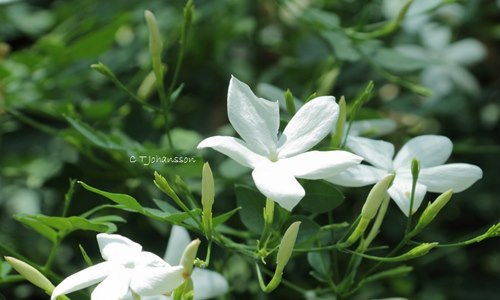
- the "false jasmine ": Genus Trachelospermum, Apocynaceae family
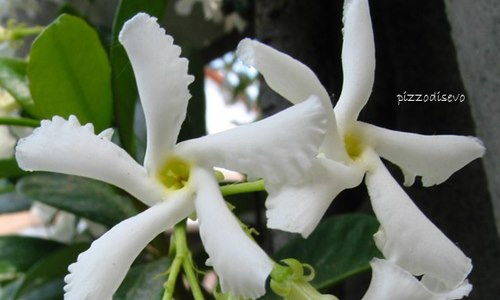
I stopped at the genus, because of both plants there are innumerable species.
We will discuss the best known and which are often exchanged between them, Jasminum officinale, (but also Jasminum polyanthum and Jasminum grandiflorum) and Trachelospermum jasminoides: it is important to distinguish these two plants, not so much for ornamental purposes, but for avoid health problems resulting from using their flowers.
The flowers of Jasminum officinale, whose ethereal oil has always been used to compose perfumes, can be used to create calming infusions and the oil itself is considered an antidepressant and a relaxant. Let's not forget the delicious aroma of Chinese jasmine tea.
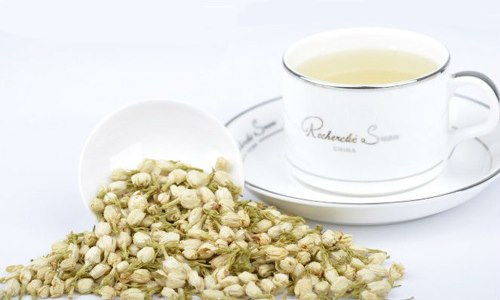
Precisely because it is frequently sophisticated, essential oil is rarely used in aromatherapy. I myself receive many questions about the use of jasmine in cosmetics and home herbal medicine, I ask for a photo of the flower and I recognize the Trachelospermum, which is much more rustic and simple to grow, but has a flaw: all parts of the plant contain alkaloids which are used in phytotherapy as antirheumatics, analgesics and emmenagogues, given their effect on the central and peripheral nervous system, but which can be harmful to health.
I strongly advise against making oleolites, herbal teas and other preparations with false jasmine, because the effects can be similar to those of a psychotropic plant and the alkaloids can also be absorbed by the skin.
The genus Jasminum is native to the tropical and warm and temperate regions of Asia, Africa and Australia.
All jasmine needs fertile, well-drained soil in full or partial sun.
The winter jasmine Jasminum nudiflorum, with yellow flowers, is more tolerant of partial shade and a south-east or north-west exposure. Better to avoid exposure to the north and north east.
Summer flowering jasmine such as Jasminum officinale need a sheltered place, in full sun and exposure to the south or south west and can ask for a minimum night temperature of 13-15ºC and in any case should be protected from winter frosts.
Precisely for this reason, the more you go north or higher, the easier it is to find Trachelospermum jasminoides plants that can withstand temperatures down to -10 degrees C.
This beautiful plant grows both in shade and in full sun, best sheltered from cold, dry winds. A south, southwest, or west wall should be ideal.
How to distinguish jasmine from "false jasmine"?
As with all plants, observing the flowers. As you can see from the images, they are similar only if we don't look at them carefully. Let's compare the three most common species of jasmine we find in gardens with the false jasmine:
- Jasminum polyanthum
- Jasminum officinale
- Jasminum grandiflorum
False jasmine has, like other plants in its family, oleanders, periwinkles and frangipani, for example, petals that rotate on their axis, like a pinwheel.
While the jasmines of the genus Jasminum have petals that develop around the stamens and ovary like a star.
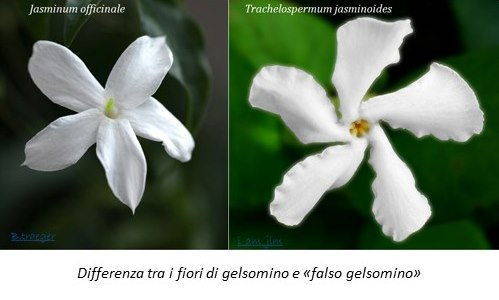
The leaves are also very different, more leathery and larger than those of the false jasmine, as you can see from the images.
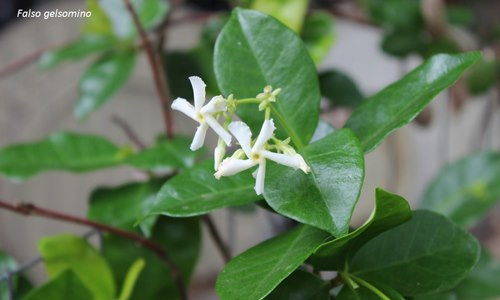
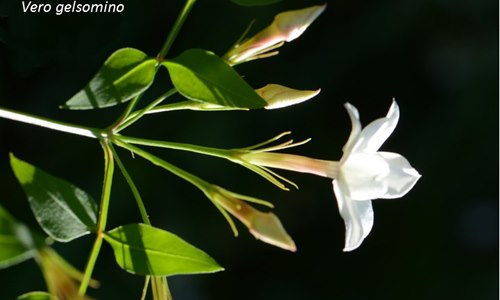
I hope that in this way it is clear to you how to recognize these two plants and be able to choose the right essence to plant, not only based on ease of cultivation, but also for a possible use. officinale in home herbal medicine.
READ also:
How to grow jasmine in pots and in the garden
Jasmine: stories, legends, properties and meaning




